Your FINRA Exam practice score progression, in all likelihood, will be anything but linear. When you stop and think about it, this won’t come as much of a surprise.
However, most people that we work with wonder about how non-linear this progression should be.
In today’s post, we talk about the typical student, and the typical progress on practice scores when taking a FINRA Exam.
FINRA Exam Practice Score Progression: Up (and Down) to the Right
At Professional Exam Tutoring, we always recommend the same first two steps (in this order) when you start studying:
- Read the text book.
- Try two full practice exams.
When it comes to practice scores on those first two practice exams, don’t expect much. Specifically, anything over a 50% score is a good place to start. That said, anything under 50% is also totally expected, and has almost no predictive value.
The average student typically has somewhere between one month, to two months, as required by their employer, to get through each of their exams. Some students that are in accelerated programs, and have more demanded of them by their employer, may only have something like three months to get through three exams (Note: in our experience as tutors, it is extremely unlikely that dire consequences immediately follow such a missed tight deadline without a grace period, and allowance for a second, or multiple other, attempts).
Assuming that it takes the average student about 1 to 2 weeks to get through reading the entire textbook, that leaves somewhere between four weeks and six weeks to work on practice questions.
Whether you are taking the SIE exam, the Series 7 exam, the Series 86 exam, and so on, your practice exam scores will appear somewhat volatile, but should start to eventually take shape in the weeks ahead. Generally speaking, you should see movement up and to the right, but it’s not likely going to be in a straight line.
Higher Highs and Higher Lows
What we see with most students who successfully progress over time is a pattern of higher high scores, and higher low scores. For example, a very typical pattern will look something like this:
Practice exam 1: 48%
Practice exam 2: 54%
Practice exam 3: 61%
Practice exam 4: 55%
Practice exam 5: 62%
Practice exam 6: 60%
Practice exam 7: 65%
The main take away from this hypothetical example is that your scores are likely to head upward but you should expect some reversions.
For almost every student that we see, forward progress is often interspersed with a few steps backward. Not only that, but you should also expect that there can be periods where your score barely moves at all.
Plateaus
We have seen countless students experience plateaus in their practice scores at different points.
If this sounds like you, fret not.
Practice score plateaus are completely normal. The average plateau tends to last somewhere between one week and two weeks with consistent studying. Consistent studying and practice questions almost guarantee that you are bound to exit your plateau eventually. Most people tend to get stuck in a plateau for less than 10 days – which can be frustrating.
The key is to make sure that you’re filling in any knowledge gaps as you go. Focus on areas where you still have scores in the 40% or 50% range, or where you know you have deficiencies (rule memorization, formulas, definitions, etc.). Try to bring those up. It’s also a lot easier to improve scores that are drastically lower than those in the 70% or 80% range. So, we recommend that you aim for really low scoring areas first.
Overall, you should expect uneven progress as you work your way toward a passing grade. That said as you approach scores in the 80s, try to make sure those are as firm as possible. A high score of 87%, and a low score of 83% is more ideal than a high score of 83% and a low score of 75%. Two different students with these two different scores, may still both end up passing, but we would be more worried about the second.
If you have any questions about this topic, or any others, feel free to reach out. Good luck, studying!

